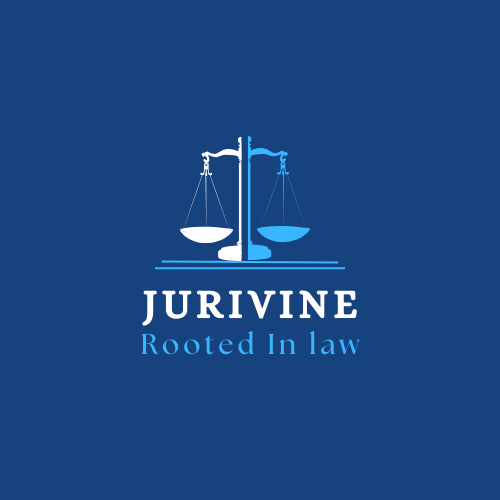Author: Abhyuday Sharan & Ashutosh Singh
Court : High Court of Madras.
Judge : A. S. Panchapakesa Ayyar, J.
Parties
Appellant (petitioner in the appeal): V. Govindan
Respondent (original plaintiff): E. M. Gopalakrishna Kone
(Second defendant / compiler of the contested book: T. N. Subramanian — not an appellant).
Facts of the case
The respondent published an English–English–Tamil school dictionary in 1932 (Ex. A.1), compiled by K. V. Subba Iyer. In 1947 the appellant published another English–English–Tamil dictionary (Ex. A.2), compiled by T. N. Subramanian and sold by the appellant’s press. The respondent sued, claiming Ex. A.2 was a pirated copy of Ex. A.1 and sought an injunction, an account of profits, and damages. The trial court found Ex. A.2 to be a piratical reproduction of Ex. A.1, noting identical words, meanings, sequence and even copied errors and granted an injunction and ordered accounting. The appellant appealed. During the appeal an assignment of copyright to the respondent (Ex. A.13) was admitted as additional evidence.
Issues before the High Court
- Had the defendants made a piratical reproduction of the plaintiff’s dictionary?
- Was the plaintiff’s copyright in Ex. A.1 infringed by Ex. A.2?
- Was the plaintiff entitled to an injunction?
- Was the plaintiff entitled to an account of profits and, if so, on what basis?
- What relief should follow ?
Arguments by the Petitioner (Appellant)
The appellant said that the second defendant produced Ex. A.2 on his own and that it was an original work. He argued that the compiler was an experienced language expert and did not copy Ex. A.1. He also pointed out that making a dictionary involves repeating common words and meanings, so some similarity with other works is unavoidable and does not prove copying. The appellant further claimed that the plaintiff had not proved any valid assignment of copyright from the original author (though that document was later put before the court). Finally, he argued that forcing a full accounting of profits would be difficult and of little practical value, so a single lump-sum award of damages would be a fairer remedy.
Arguments by the Respondent (Plaintiff)
The plaintiff responded that Ex. A.2 was not merely similar but had copied almost everything from Ex. A.1, including the choice and order of words, their meanings, and even the same mistakes, which showed slavish copying rather than independent work. The plaintiff maintained that he held the copyright through assignment and so had the right to sue for infringement. He also argued that dictionaries and other compilations are protected because they reflect the compiler’s skill, labour and judgment, and that protection had been violated by the defendant’s book.
Judgment
The High Court confirmed the trial court’s finding that Ex. A.2 was a piratical reproduction of Ex. A.1 and that the plaintiff’s copyright had been infringed. The injunction granted by the lower court was confirmed. Instead of ordering a detailed accounting, the High Court awarded consolidated damages of Rs. 5,000 for the 5,500 infringing copies with interest from date of filing and confirmed costs as earlier ordered. The appellant was directed to pay the excess court fee and plaintiff’s costs in the appeal.
Analysis and Reasoning
- Protectable interest in compilations
The court emphasized that compilations like dictionaries do get copyright protection. Even when the amount of originality is small, the compiler’s choice of words, arrangement, selection and the effort of organizing material is protected. The judge compared different dictionaries like Oxford, Webster, Chambers to show that compilations differ and are the product of skill and labour. So the mere fact that a dictionary covers common words does not make it uncopyrightable. - How copying was proved
Copying was shown not by general similarity alone but by detailed, page-by-page comparisons. The appellant’s book repeated the same sequence of selected words, the same Tamil meanings, similar idioms and even some identical errors. These coincidences went beyond what would be expected if both compilers independently used older common sources. The compiler (D. W. 1) admitted he could not explain many Tamil meanings in court and published hurriedly — supporting the inference of copying. The court held that a genuine common-source defence requires proof that the defendant consulted the original common sources and used his own skill on that material and mere resemblance is not enough. - Distinction between words and expression
The judgment draws an important legal distinction: no one owns words per se, but one can own the particular expression, selection, arrangement and presentation. Copying the arrangement, selection and sequence — elements that reflect skill and choice — can amount to infringement even if the underlying ideas or words are public. This is why two dictionaries can be different and independently protectable. - Remedy and practical approach to damages
Although the trial court ordered an accounting, the High Court accepted a practical solution, a lump-sum damages figure of Rs. 5,000 was agreed by both sides, thereby avoiding prolonged, difficult tracing of profits. This shows judicial willingness to balance legal principle with procedural practicality.

Leave a Reply